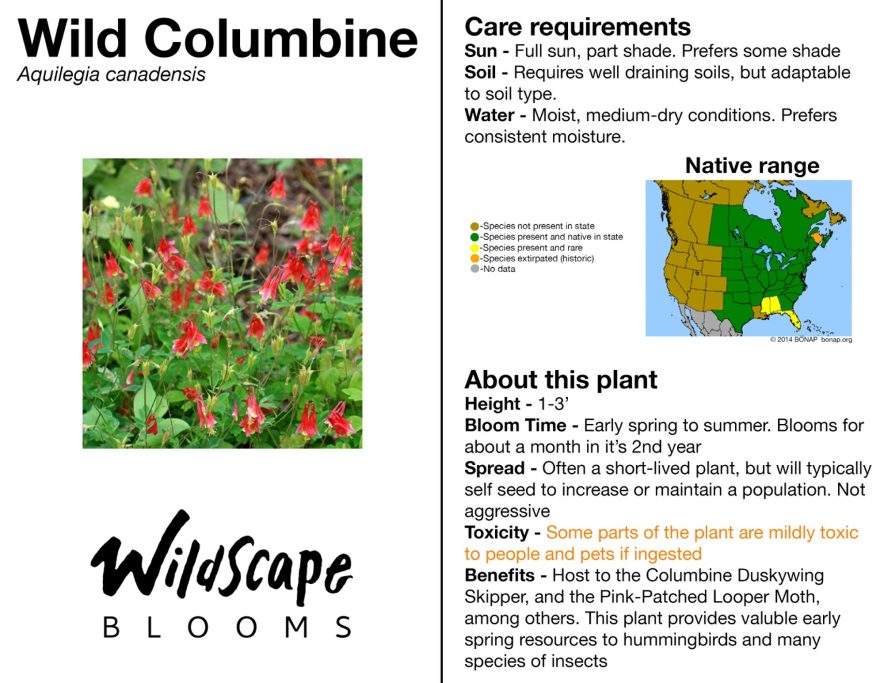-Dig a hole that is 2-3X the width of the pot, as deep as the pot is tall. It is a good practice to leave a small mound of soil in the center, to help keep the plant from sinking after soil settling. The base of the stem(s) should be level with the ground after planting and watering.
We need your consent to load the translations
We use a third-party service to translate the website content that may collect data about your activity. Please review the details in the privacy policy and accept the service to view the translations.























